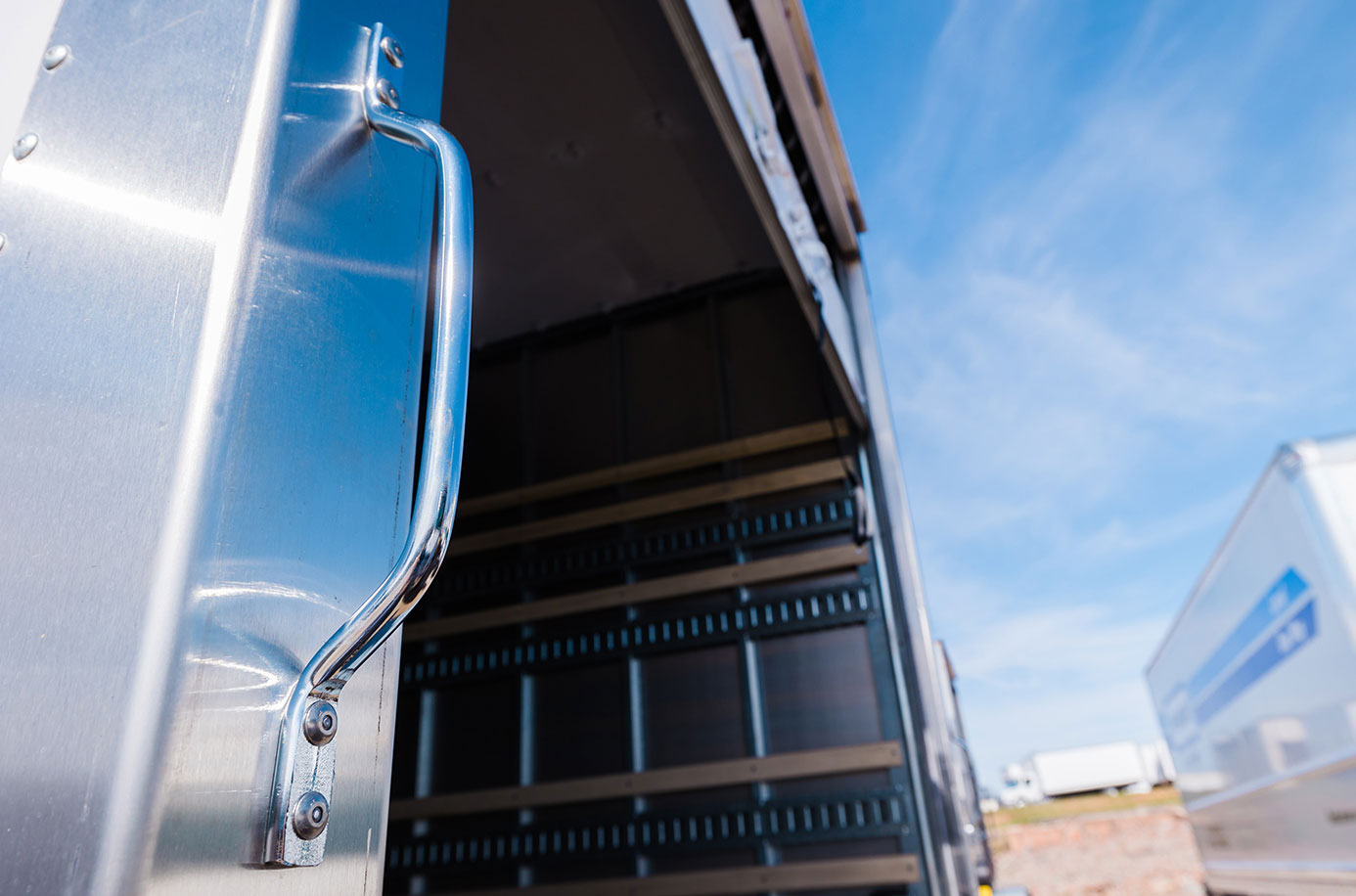
To keep both cargo and people safe, it is paramount that trailer and van cargo be properly secured. Let’s take a look at some contributing factors that can help you keep yourself safe, your cargo free from harm, and the drivers around you safe as well. When a load shifts, it spells nothing but disaster.
What Happens When Freight Is Not Secured Properly?
As mentioned, if freight is not properly secured, loads can shift. When the objects in the back of your truck move around it can be as insignificant and minor as a couple of boxes sliding or falling off of a shelf. Not as detrimental to your driving as an entire load shifting, but certainly a detriment to wherever was contained inside the box. Delivering damaged cargo could mean losing customers. Losing customers is, obviously, bad for business. Continued operations like this can result in you eventually being out of a job and a business shutting down – all because you didn’t strap down your load.
Rates for third-party insurance can escalate if repeated problems of this sort occur. And, boxes and cargo rolling around in the back of your truck can lead to damages involving more than just the cargo itself. Depending on the bulk and weight of the cargo, your trailer, its walls, and its door can be damaged to the point of needing serious repair or replacement. That’s going to equate to financial losses for someone. And this brings us back to your being out of a job or a business losing irretrievable money.
Load Limits Are There For A Reason
Load limits are placed on the systems that are used to secure your cargo. The total limit of the load should be approximately half of the weight of the system secured cargo. How do you calculate the limit of your cargo? For every tiedown, take half of its working load limit from where it attaches to your trailer to where it fastens onto your cargo. If you are the driver of the tractor-trailer unit, van, or other modes of cargo transportation, you must determine an aggregate load limit.
When decelerating and accelerating, it is crucial that your load stay secure. As stated, damage to your trailer, van, or cargo can occur even with the slightest shift. And in the case of a severe shift, that only can you lose control of your rig but dock workers can be injured. Injuries like this can occur just upon opening the doors for unloading.
And as we all know, your vehicle’s center of gravity will change if there is a severe shift occurring with your cargo load. This makes a rollover far too likely, even without severe, speeding turns. God forbid, if your rig ever tips over, any cargo that isn’t securely fastened down will become projectiles capable of tearing through metal.
What Method of Securing Cargo Should You Use?
To properly secure your cargo the following can be employed: dunnage bags, tie downs, and shoring bars. To prevent cargo from rolling and rocking, you will likely also need cradles, chalks, or wedges. Regardless, everything must be tightly secured, so it remains stationary while your van, rig, and trailer are in motion.
Items should have their own tiedown if they weigh less than 500 kg and are five feet long or less. For cargo that weighs more than 500 kg, but that is five feet long or less, two tie downs should be used. And no matter what it weighs, cargo that is between five and 10 feet should have no fewer than two tie downs. Figure an extra tiedown for every added 10 feet of length for cargo that exceeds the original 10 feet in length.
